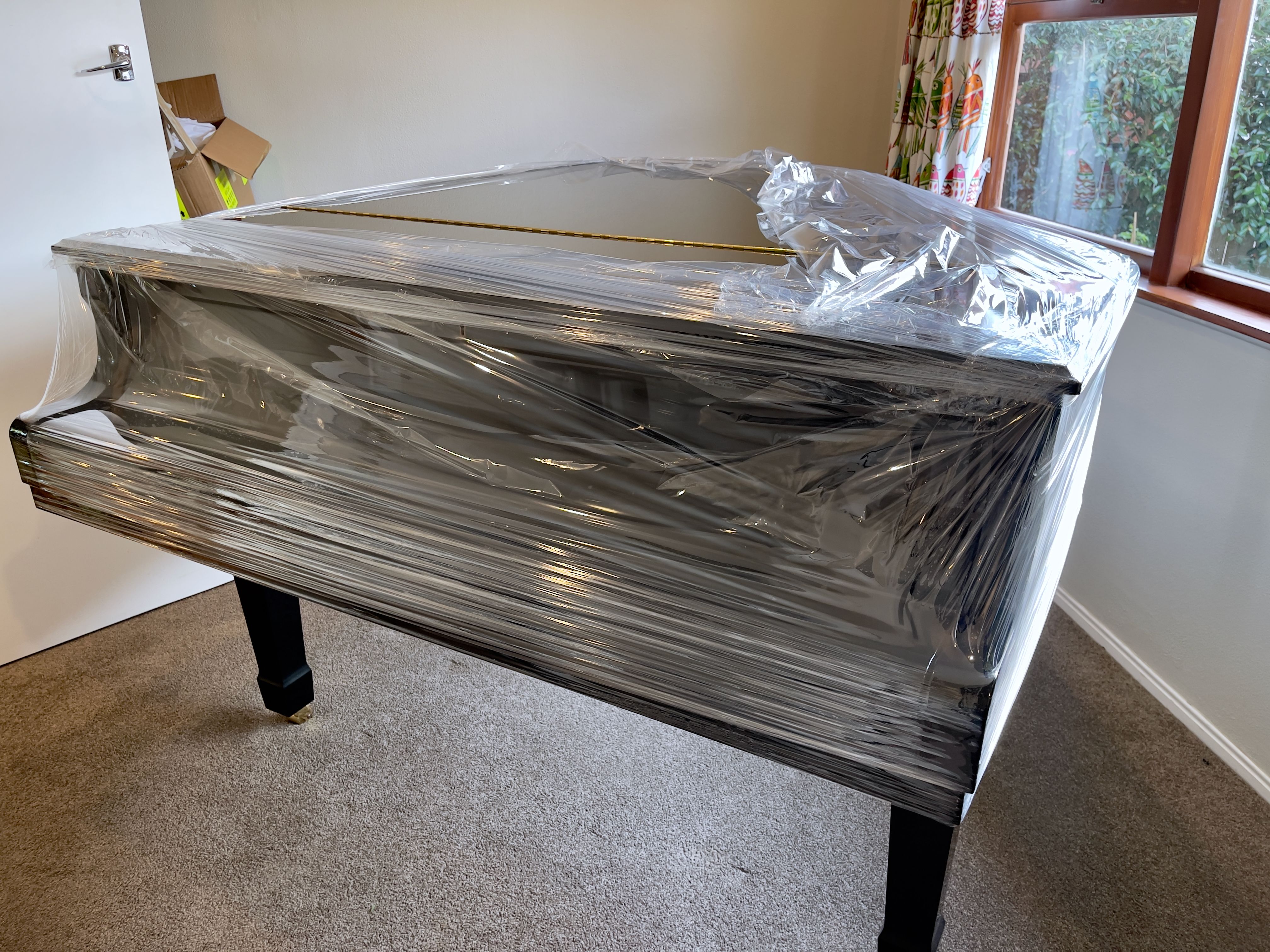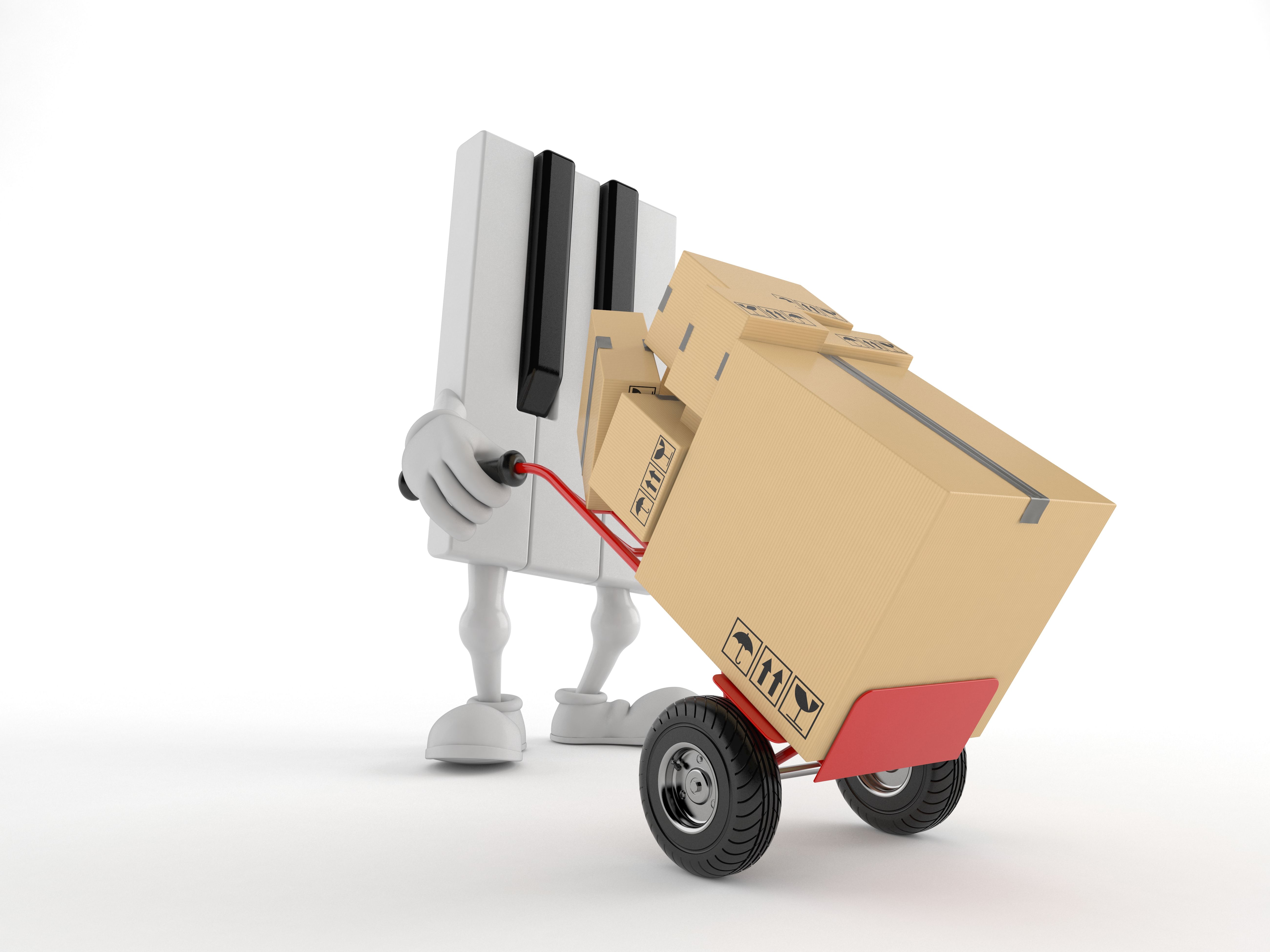Tips for Moving a Piano Safely
Preparing for the Move
Moving a piano can be a daunting task, given its size and weight. Proper preparation is crucial to ensure a safe and efficient move. Start by assessing the path you will take, clearing any obstacles that might impede your progress. Measure doorways, staircases, and hallways to ensure the piano will fit through them without issue.
Next, gather the necessary tools for the move. You'll need a piano dolly or skid board, moving straps, and plenty of padding or blankets to protect the piano from scratches. Enlist the help of at least three or four strong individuals who can assist with lifting and maneuvering the piano.
Remember: Safety should always be your top priority. Ensure everyone involved in the move is wearing appropriate clothing and footwear to reduce the risk of injury.

Securing the Piano
Before you begin moving the piano, it's essential to secure its various components. Close and lock the keyboard lid to prevent it from opening during transport. If possible, remove any detachable parts such as music stands or legs, and pack them separately.
Wrap the piano in thick blankets or padding, securing them with tape or moving straps. This step is critical to protect the piano's finish and prevent any damage during the move. Pay special attention to the corners, as they are most susceptible to dings and scratches.
Using a Piano Dolly
A piano dolly can make transporting your piano significantly easier. Position the dolly under the center of the piano and carefully lift each end onto it with the help of your moving team. Ensure that the piano is balanced on the dolly before proceeding. Use moving straps to secure the piano to the dolly, preventing it from shifting during transport.

Navigating Difficult Spaces
When maneuvering through tight spaces like doorways or staircases, take your time and plan each move carefully. For doorways, angle the piano slightly to fit through without scraping its sides. Consider removing doors from their hinges if clearance is tight.
If you're navigating stairs, ensure that your moving team is well-coordinated. One person should guide from the bottom while others support from above. Move slowly and communicate effectively to avoid accidents.
Loading and Transporting
Once you've navigated your home, it's time to load the piano into a moving truck. Use a ramp to roll the piano onto the truck bed, ensuring that it's securely fastened once inside. Place heavy-duty straps around the piano, attaching them to anchor points in the truck to prevent shifting during transit.

Unloading and Placement
At your destination, carefully reverse the loading process. Use a ramp to gently roll the piano out of the truck, ensuring it remains secure on the dolly. Navigate through your new space with caution, paying attention to any potential obstacles.
Once you've positioned the piano in its new location, remove all padding and reattach any detachable parts. Take a moment to inspect it for any damage that may have occurred during the move.
By following these tips and taking necessary precautions, you can successfully move a piano safely and efficiently. Remember that careful planning and teamwork are your best allies in this challenging task.
